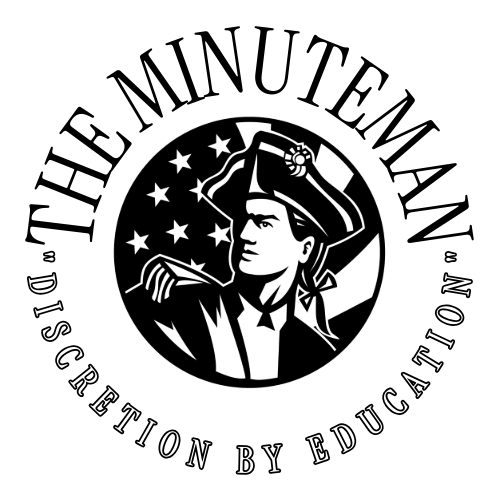Artificial Intelligence
What is Artificial Intelligence?
Artificial Intelligence (AI) refers to computational systems and algorithms designed to perform tasks that typically require human intelligence, such as learning, reasoning, perception, and decision‑making. AI encompasses various techniques including machine learning, deep learning, rule‑based systems, and hybrid architectures.
In U.S. federal law, AI is defined (15 U.S.C. § 9401) as a “machine‑based system that can, for a given set of human‑defined objectives, make predictions, recommendations or decisions influencing real or virtual environments.”
Key points:
- AI is a broad umbrella term, not tied to any single method.
- Modern AI heavily relies on data and statistical learning methods.
- AI systems can be “narrow” (task-specific) or (in theory) “general” (AGI) though general AI does not yet exist.





